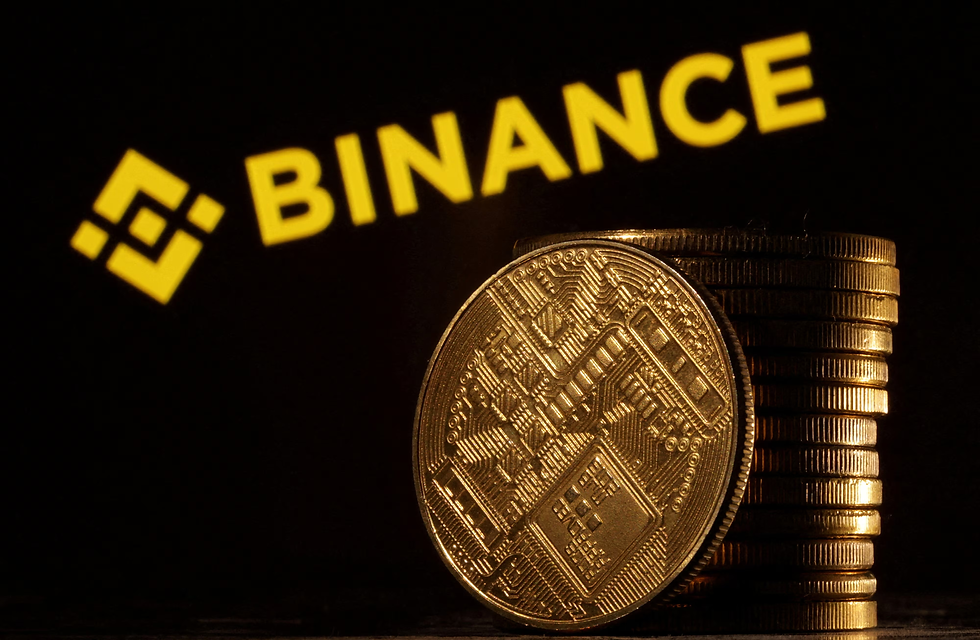European Banks Plan Euro Stablecoin to Attract Investors and Accelerate Digital Euro
- Flexi Group
- Sep 30
- 3 min read
A group of leading European banks is planning to launch a new euro-denominated stablecoin, aiming to bring crypto-averse investors in the region into the digital assets market while potentially speeding up the introduction of a digital euro. UniCredit, ING, Banca Sella, KBC, Danske Bank, Dekabank, SEB, CaixaBank, and Raiffeisen announced Thursday that the stablecoin is expected to debut in the second half of next year.

Stablecoins are cryptocurrencies designed to offer greater price stability by pegging their value to an existing fiat currency, such as the dollar or euro, or to a commodity. This provides a contrast to cryptocurrencies like bitcoin or ether, which can experience large and rapid price fluctuations. Floris Lugt, digital assets lead at ING and a representative of the initiative, told CNBC that the new stablecoin will provide efficient, programmable, peer-to-peer payment solutions for users around the globe. “They can settle 24/7, across the globe instantly, or near instantly. So that’s a huge benefit for international payments,” Lugt said. “They are lower cost, and it’s also transparent.”
Currently, U.S. stablecoins dominate the global market, accounting for roughly 99% of total capitalization, or $292 billion. By comparison, euro-denominated stablecoins remain small, with an estimated market cap of about 500 million euros ($587 million). Tether, the largest U.S. dollar stablecoin, recently reached a market cap of $172 billion, followed by Circle’s USDC at around $74 billion.
The new euro stablecoin will be managed by a Netherlands-based company formed by the consortium and will operate under the supervision and licensing of the Dutch Central Bank, according to the announcement. A recent report from Citi projected that global stablecoin issuance could reach $1.9 trillion by 2030 under its base-case scenario, with a bullish estimate putting total issuance as high as $4 trillion.
“Stablecoin leadership is ripe for the taking in markets outside the USD,” Nic Puckrin, crypto analyst, investor, and co-founder of The Coin Bureau platform, told CNBC via email. “While attempts have been made to launch a euro-denominated stablecoin — for example, Circle with its EURC – these haven’t garnered anywhere near the same interest as USD-denominated tokens.” Puckrin noted that this reflects the historically muted retail appetite for euro stablecoins.
However, he added that a more heavily regulated product, falling under the EU’s Markets in Crypto-Assets Regulation (MiCAR), could encourage greater adoption among more risk-averse European investors and institutions. “A stablecoin launched by a bank may appear less risky and garner more retail adoption,” Puckrin said, while also acknowledging that heightened compliance and oversight could alienate privacy advocates and crypto purists. “This is a double-edged sword,” he added.
The banks’ announcement comes amid a broader push for European digital payment autonomy as U.S. dominance grows, particularly following support from the Trump administration. The European Central Bank is actively developing a digital euro, while the U.K. Treasury has indicated plans to introduce legislation on crypto assets, including stablecoins, before year-end. Jürgen Schaaf, market infrastructure and payments adviser at the ECB, warned in July that the central bank’s control over monetary conditions could be undermined by the dominance of U.S. dollar stablecoins and called for stronger backing for regulated euro stablecoins.
Puckrin suggested that the consortium’s initiative may accelerate the rollout of a digital euro, which the ECB currently does not expect to be available until at least 2029. “That’s far too slow to compete with dollar-denominated digital assets, and banks are well aware of that,” he said. “The USD-denominated stablecoin market is exploding now that they have been legitimized via the GENIUS Act, and many leading U.S. banks are working on their own versions. It’s reasonable to expect European banks to want a piece of this pie, and the profits that could come with it.”
With major European banks leading the project, the stablecoin could signal a turning point in both regional investor adoption of digital assets and Europe’s efforts to establish a competitive, regulated digital payment ecosystem.
By fLEXI tEAM
.png)
.png)







Comments